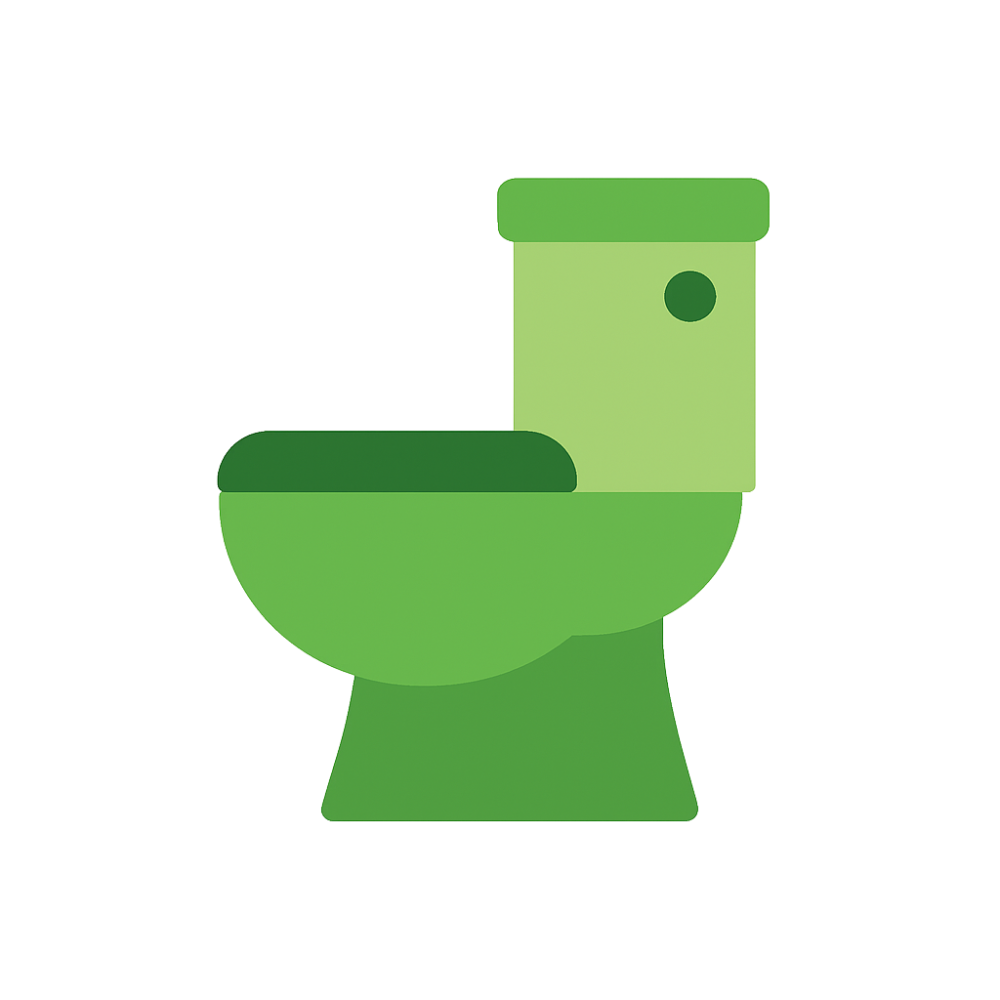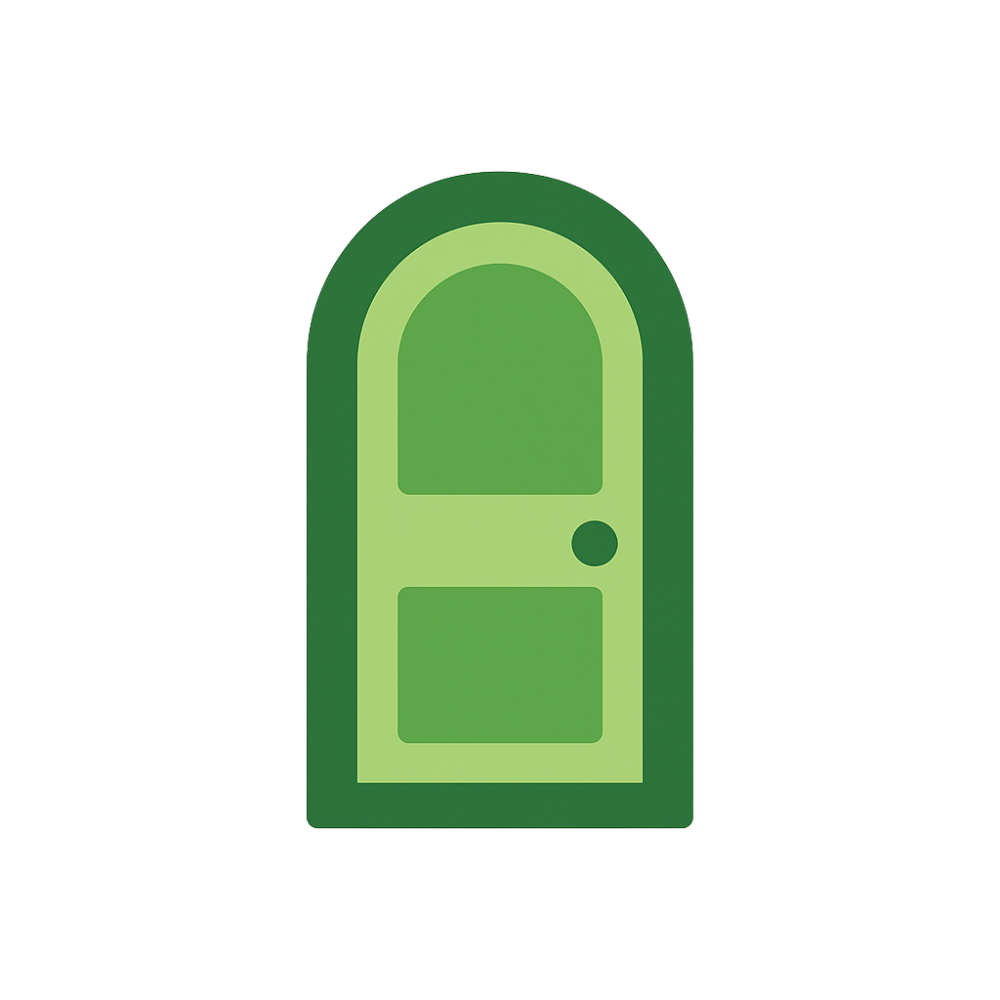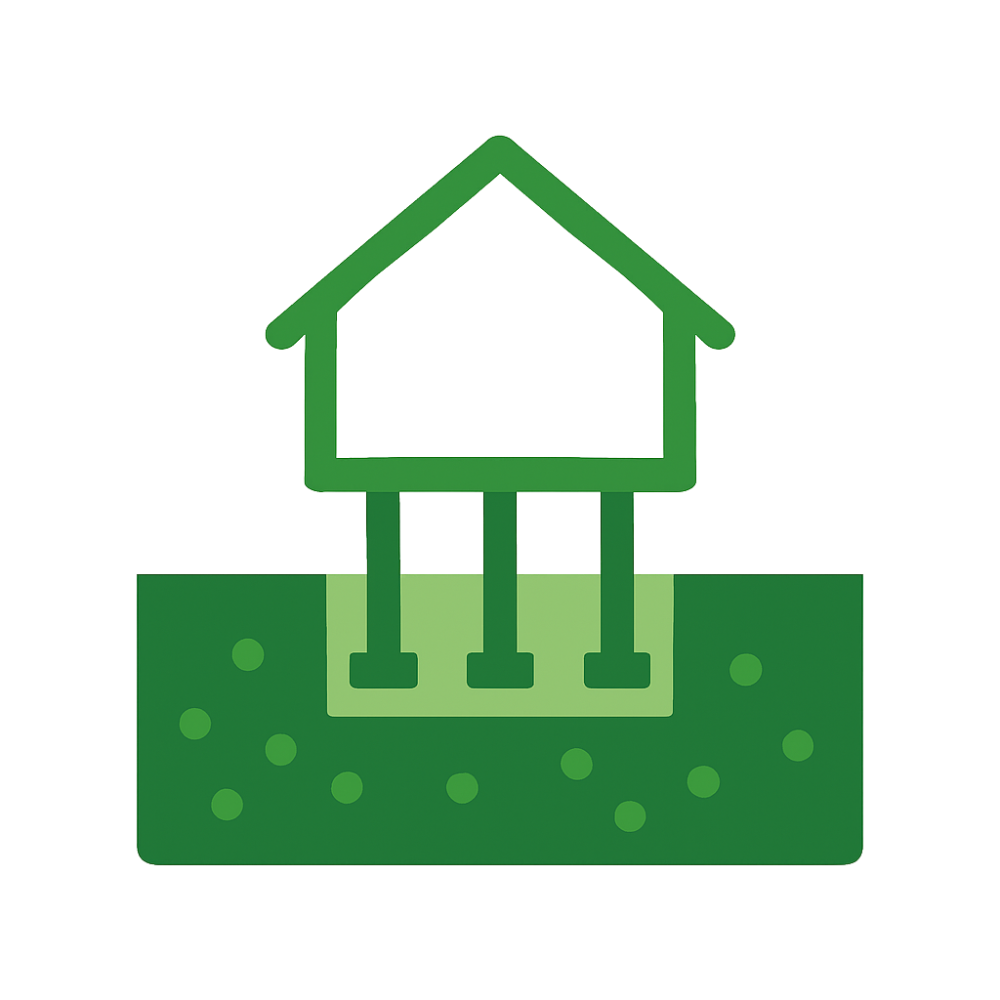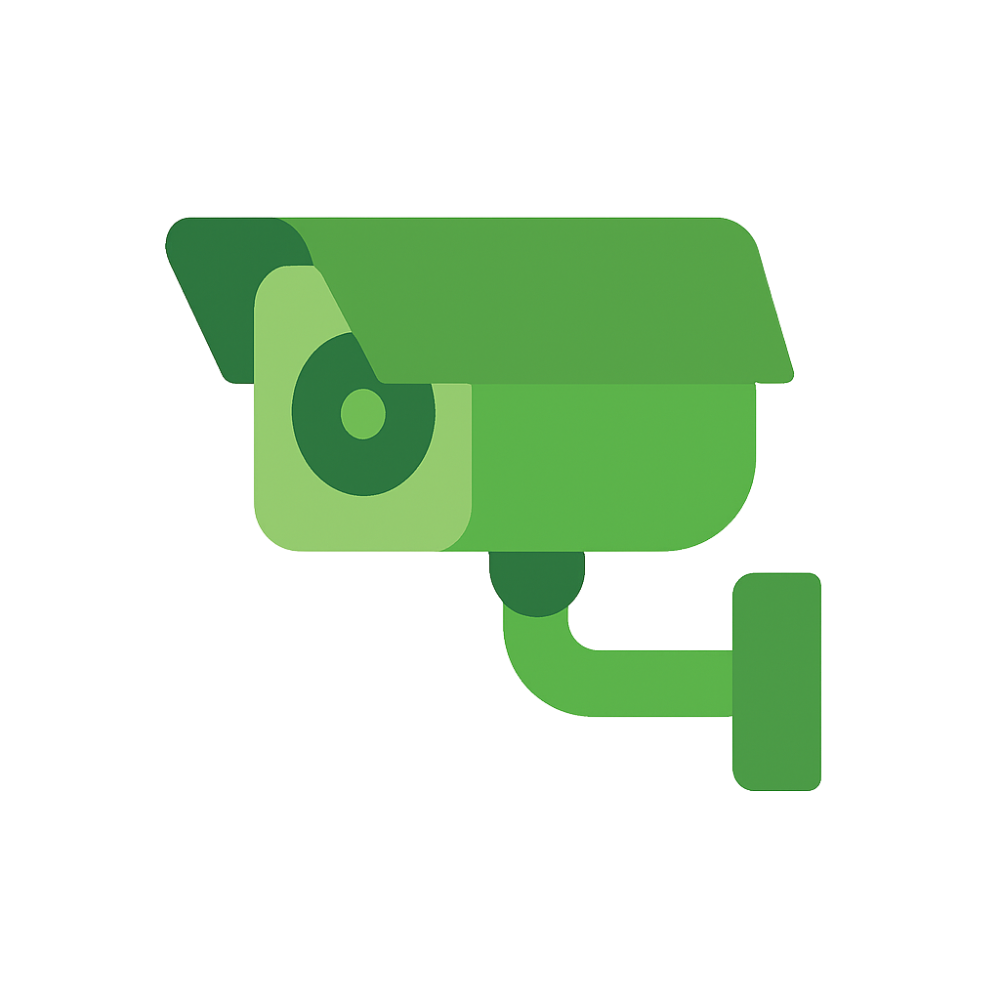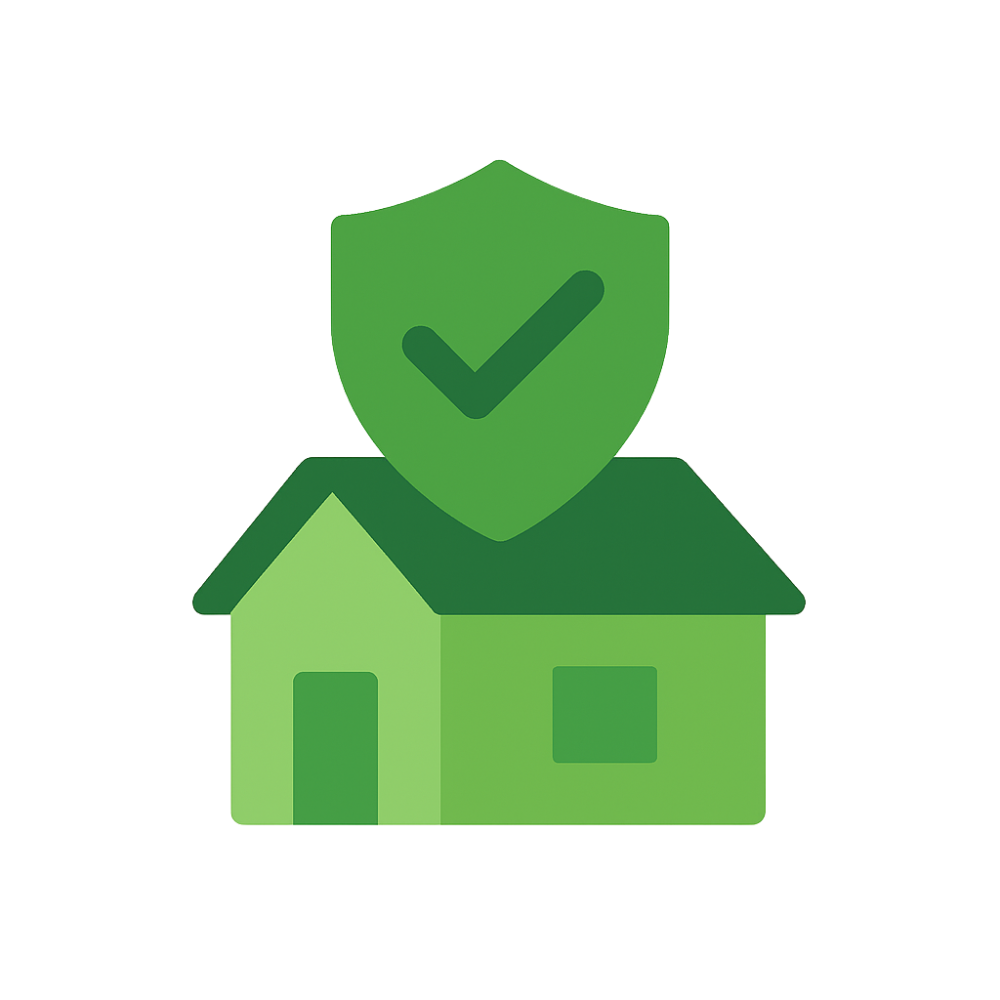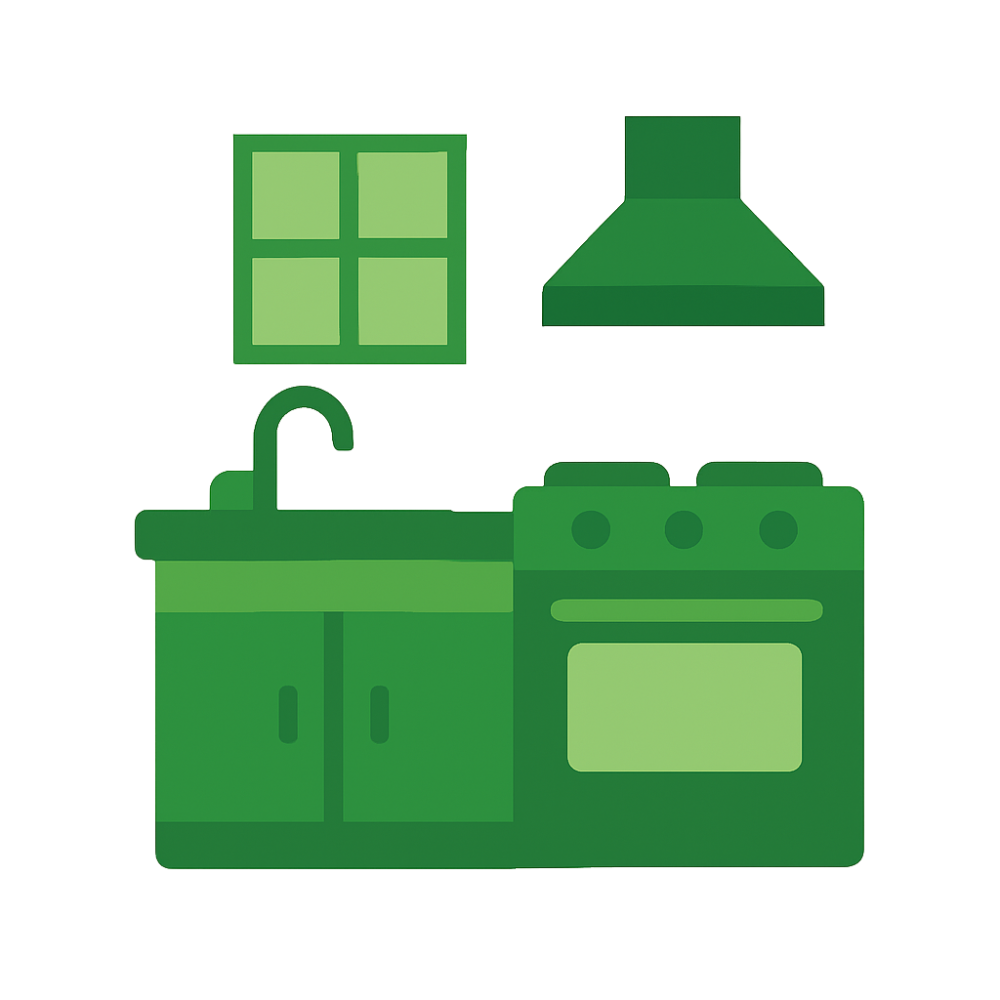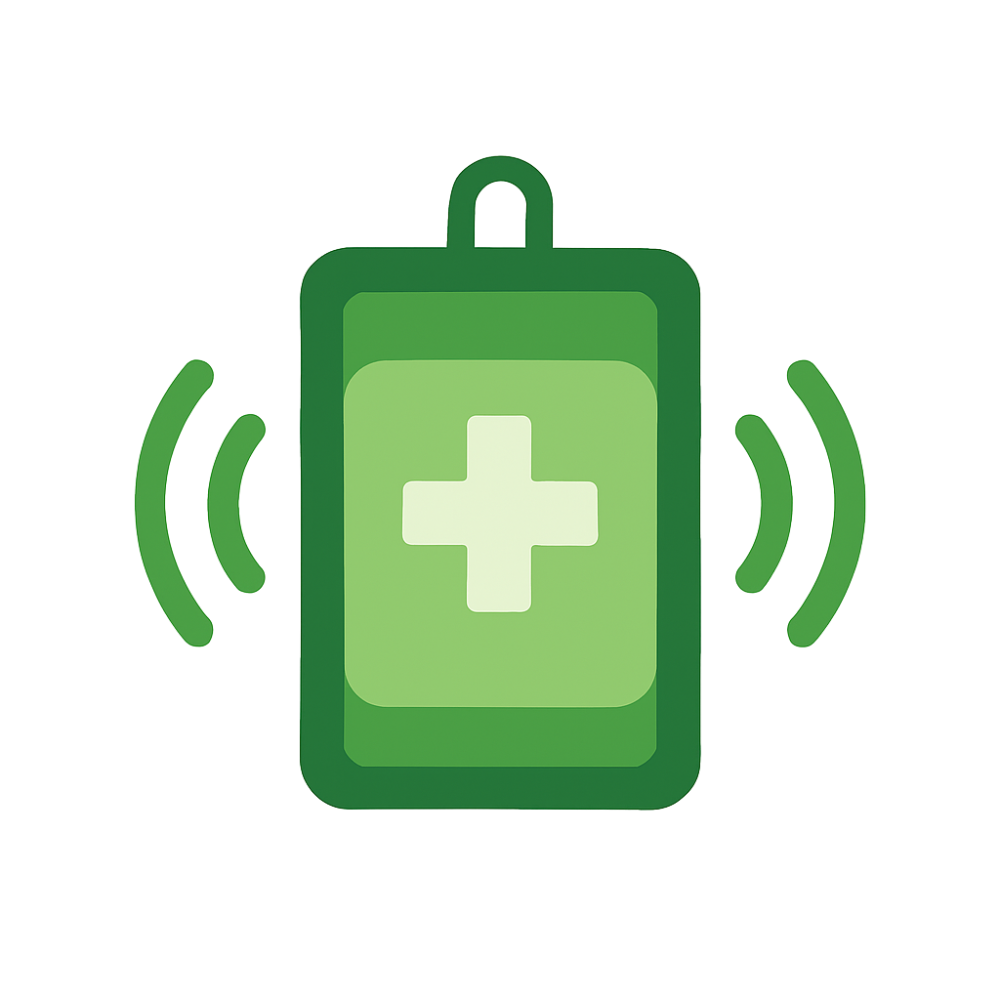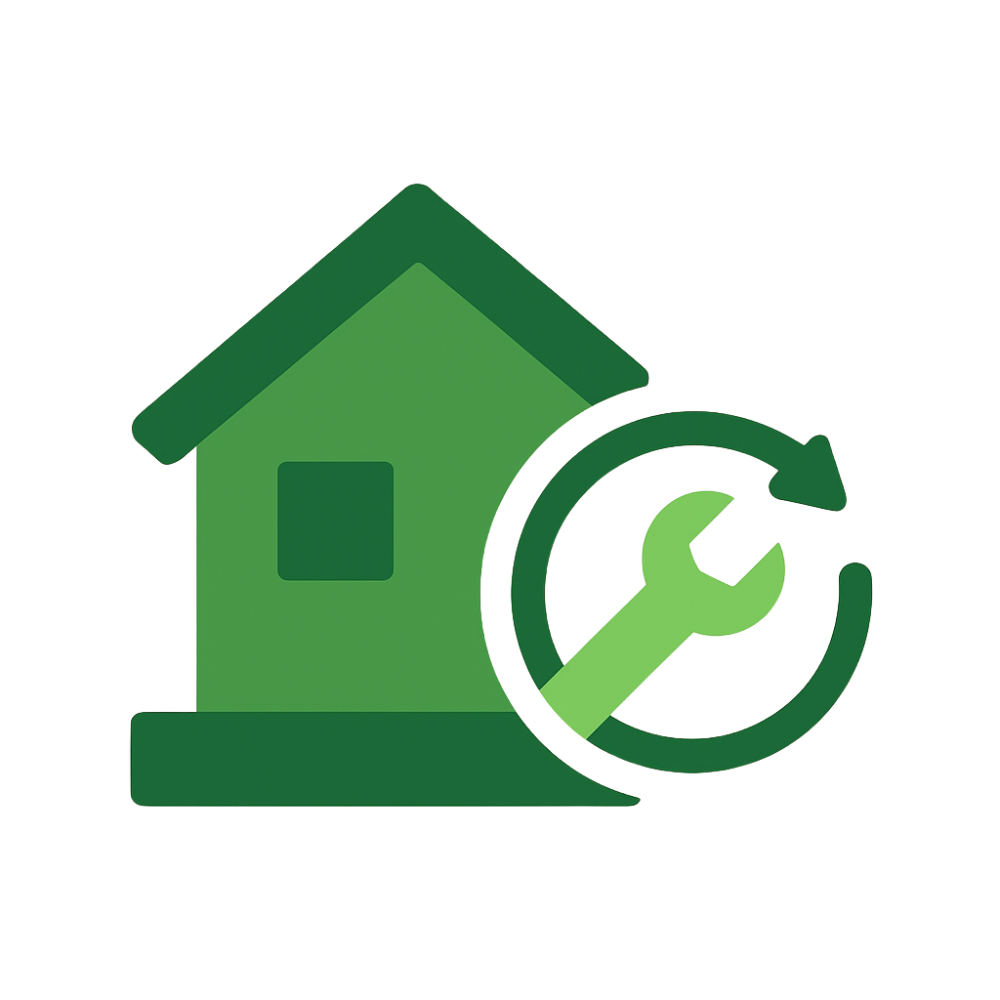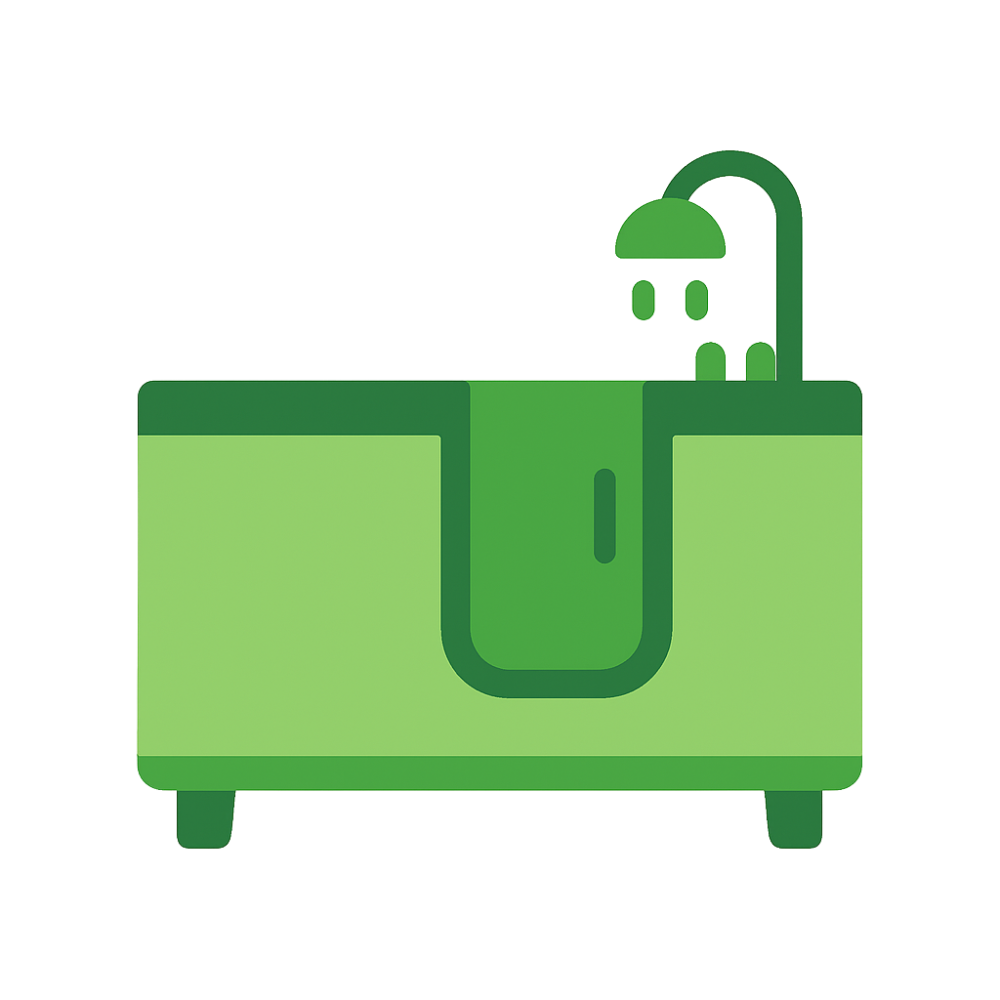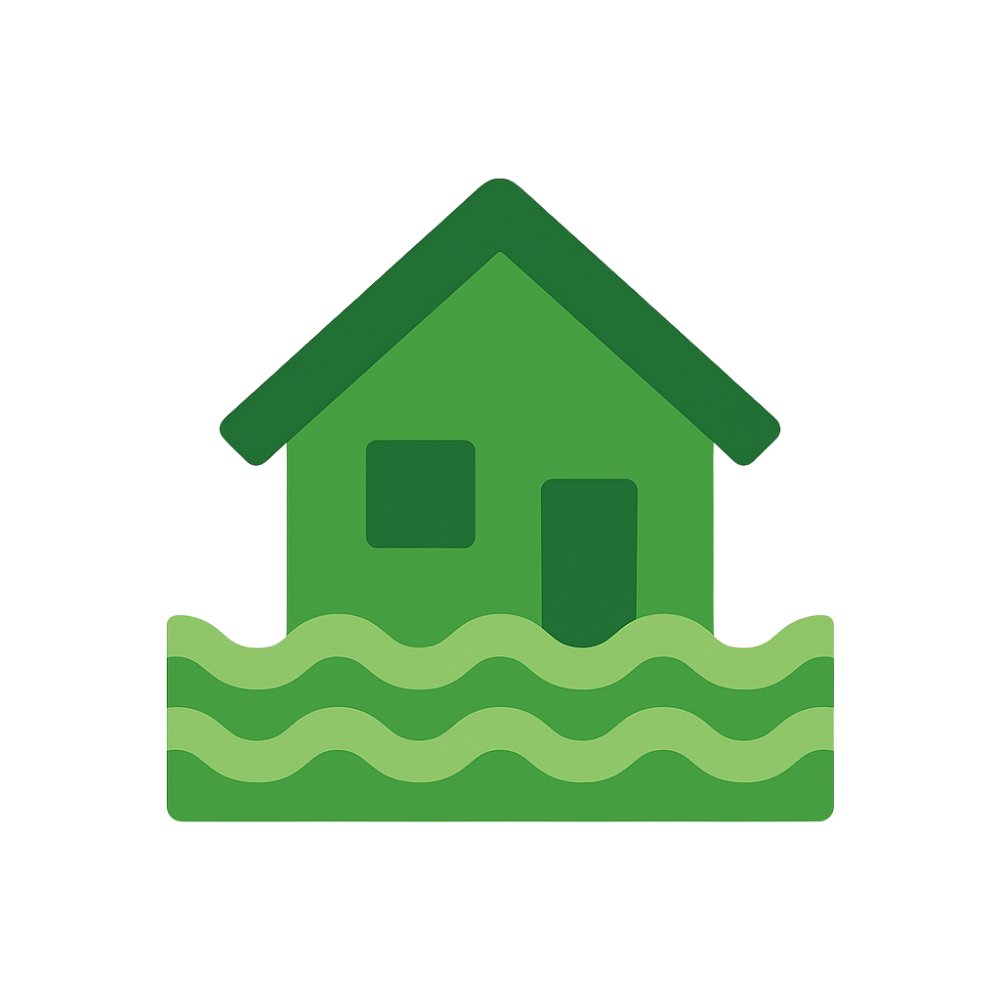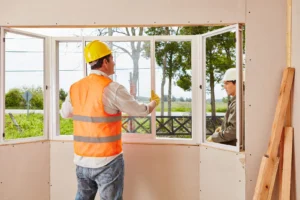Understanding Medical Alert Systems
Medical alert systems are vital tools that support the safety, independence, and well-being of individuals-particularly older adults, people living alone, or those managing chronic health conditions. These systems are specifically designed to provide instant access to emergency assistance at the press of a button. Whether it's a medical emergency, a fall, or simply a need for reassurance, the system ensures that help is never far away. Typically consisting of a wearable device, such as a pendant or wristband, and a base unit or mobile hub, these systems create a direct line of communication with either emergency services or a 24/7 monitoring center. This quick response capability not only helps in urgent situations but also provides significant peace of mind to users and their loved ones, knowing that support is readily available around the clock. In many cases, having a medical alert system in place can be the difference between a minor incident and a serious complication, allowing individuals to continue living safely and confidently in their own homes.


Frequently Asked Questions
Can a medical alert system be used by people without diagnosed medical conditions? +
Is a landline required to use a medical alert system? +
Types of Medical Alert Systems
In-Home Systems
These systems are ideal for individuals who spend most of their time at home. They typically connect via landline or cellular networks and include a base unit with a wearable help button.
Mobile Systems
Designed for active individuals, mobile systems use cellular networks and GPS technology, allowing users to call for help from virtually anywhere.
Fall Detection Systems
Equipped with sensors, these systems can automatically detect falls and alert emergency services without the user needing to press a button.
Monitored vs. Unmonitored Systems
- Monitored Systems: Connected to a professional monitoring center that responds to alerts 24/7.
- Unmonitored Systems: Alert pre-set contacts, such as family or friends, without involving a professional monitoring center.
Key Features to Consider
When selecting a medical alert system, consider the following features:
- Two-Way Communication: Allows direct conversation with emergency responders through the device.
- Water-Resistant Wearables: Ensures the device can be worn in the shower or bath, where accidents are common.
- Long Battery Life: Essential for mobile systems to ensure they're operational when needed.
- GPS Tracking: Helps locate the user in emergencies, especially useful for those with memory issues.
Ease of Use: Simple setup and operation are crucial, particularly for elderly users.


Frequently Asked Questions
How discreet are wearable medical alert devices? +
What happens if I press the help button but can't speak? +
What to Expect When Budgeting for a Medical Alert System
The cost of a medical alert system can vary significantly depending on the type of system you choose, the features it offers, and the provider you go with. Understanding these costs up front can help you make an informed decision that fits both your safety needs and your budget.
Most providers require an initial setup fee, which typically covers the equipment and installation. This one-time charge usually falls around $100, though some companies may waive this fee during promotional periods or for certain plans. This setup might include a base unit, wearable device (such as a pendant or wristband), and any accessories or additional components.
In addition to setup costs, the most consistent expense is the monthly monitoring fee. This fee pays for the 24/7 professional monitoring service that responds when you press the emergency button. Depending on the level of service-whether it's a basic in-home landline system or a mobile GPS-enabled unit with automatic fall detection-these fees typically range from $20 to $100 per month. Plans with more advanced features, like mobile coverage or caregiver tracking apps, tend to be on the higher end of the scale.
It's essential to compare providers carefully, looking not only at pricing but also contract terms, cancellation policies, equipment warranties, and customer reviews. Some providers offer no-contract options or free trial periods, which can be a great way to test the system before making a long-term commitment.
By doing your research and evaluating what features you truly need, you can find a medical alert system that delivers both reliability and value-ensuring peace of mind without overspending.


Frequently Asked Questions
Can my caregiver or family be alerted instead of emergency services? +
Do medical alert systems work during a power outage? +
Enhancing Home Safety: Building a Safer, More Supportive Living Space
While medical alert systems are a crucial part of protecting health and independence, they are just one piece of the larger home safety puzzle. To truly create a secure and comfortable environment-especially for older adults or individuals with limited mobility-it's wise to consider a range of complementary features that address various aspects of daily living and personal security.
Stair lifts are one such solution, offering a safe and reliable way for individuals with mobility challenges to navigate stairs. These devices eliminate the risk of falling on stairs, which is one of the most common and dangerous household accidents among seniors. By smoothly transporting the user between floors, stair lifts allow full access to multi-level homes without physical strain or fear.
In the bathroom, which is another high-risk area for slips and falls, walk-in tubs can make a significant difference. These specially designed bathtubs feature low thresholds, built-in seating, and anti-slip flooring to ensure safe and comfortable bathing. Many models also offer therapeutic benefits like hydrotherapy, which can be helpful for individuals with arthritis or joint pain.
Meanwhile, home security systems add another layer of protection by guarding against break-ins, fire, and other emergencies. Modern systems often include features like motion sensors, door and window alarms, surveillance cameras, and even remote monitoring through mobile apps. For those living alone or in more remote areas, having this level of security can offer substantial peace of mind.
By integrating these systems-medical alerts, stair lifts, walk-in tubs, and home security-you create a holistic safety net that supports independence, reduces daily risks, and empowers residents to remain in their homes longer. This proactive approach not only safeguards physical health but also nurtures emotional well-being by fostering a sense of control and confidence in one's living space.


Frequently Asked Questions
Is there a risk of accidentally activating the alert system? +
Can I use a medical alert system if I live in a rural area? +
Getting Started: How to Choose the Right Medical Alert System
Choosing the right medical alert system can feel overwhelming at first, especially with so many options and features on the market. However, by taking a thoughtful and step-by-step approach, you can confidently select a system that provides safety, peace of mind, and fits seamlessly into your daily life or the life of a loved one.
1. Assess Your Needs
Start by evaluating the specific needs of the individual who will be using the system. Consider their health conditions-such as a history of falls, heart issues, or limited mobility-as well as lifestyle factors. Do they spend most of their time at home, or are they active and frequently out in the community? Do they live alone, or do they have regular contact with caregivers or family? Answering these questions will help you determine whether an in-home or mobile system is more appropriate, and whether features like automatic fall detection or GPS tracking are necessary.
2. Research Providers
Once you've identified your needs, take time to compare different providers. Look at the features they offer, pricing structures, contract terms, and customer support. Pay close attention to verified customer reviews to get a real-world sense of how the systems perform. Some companies might have low monthly fees but lack the responsive service or durability you're looking for. Others may offer excellent equipment and monitoring, but at a higher cost-so it's important to weigh value as much as price.
3. Consult with Professionals
It's wise to seek input from trusted professionals. A doctor, occupational therapist, or home safety expert can help you understand what types of features might be most beneficial. They may even have specific brand or provider recommendations based on firsthand experience with other patients or clients.
4. Look for Trial Periods and Guarantees
Because peace of mind also comes from knowing you're not locked into the wrong decision, prioritize companies that offer trial periods or money-back guarantees. This allows you to test the system in your home environment to ensure it works reliably, is easy to use, and provides the level of service you expect.
Finally, USA Home Adviser is here to help simplify the process. Whether you're starting from scratch or comparing a short list of options, Modernize can connect you with trusted, vetted providers to ensure you find a medical alert system that fits your unique situation-giving you confidence and clarity every step of the way.
